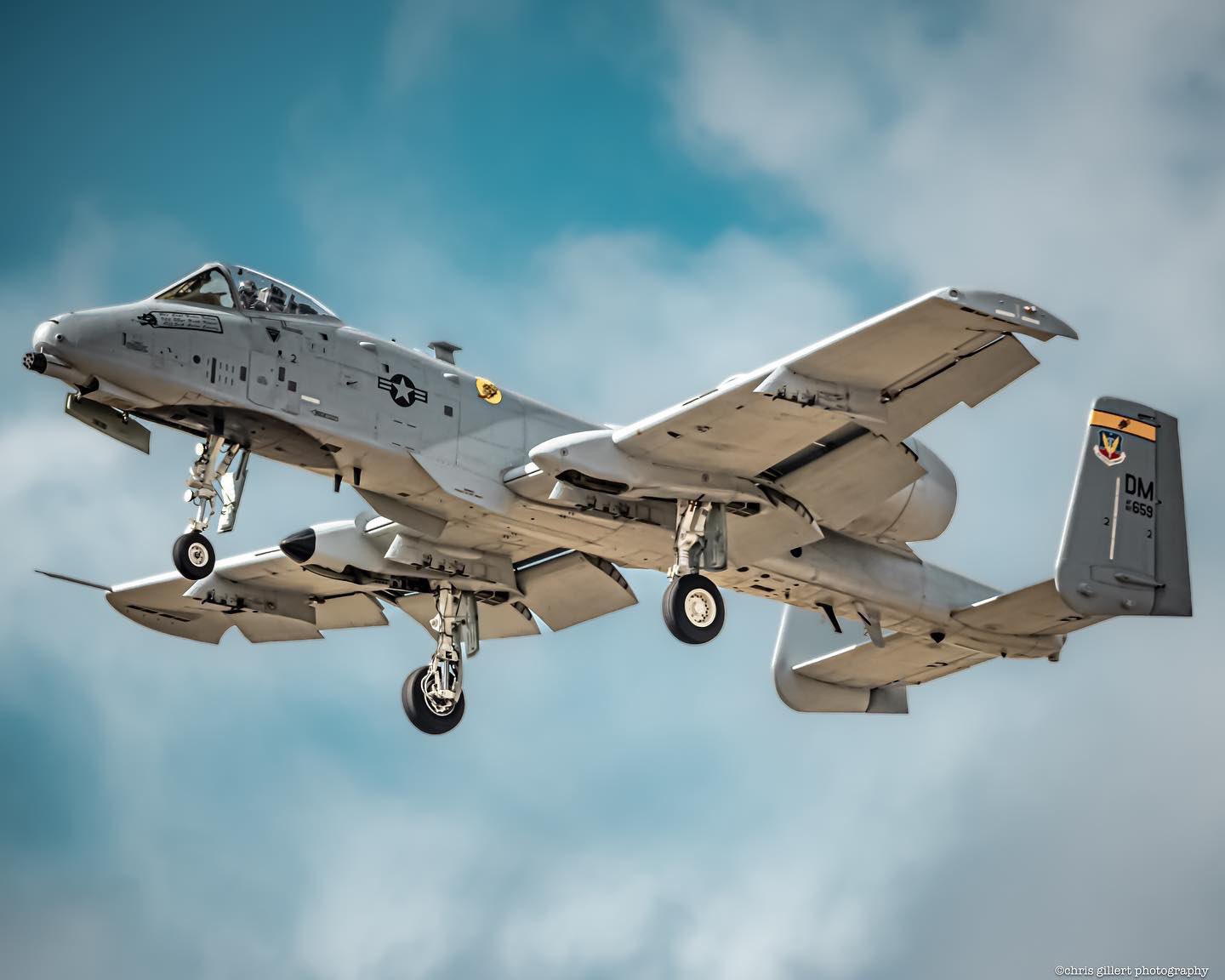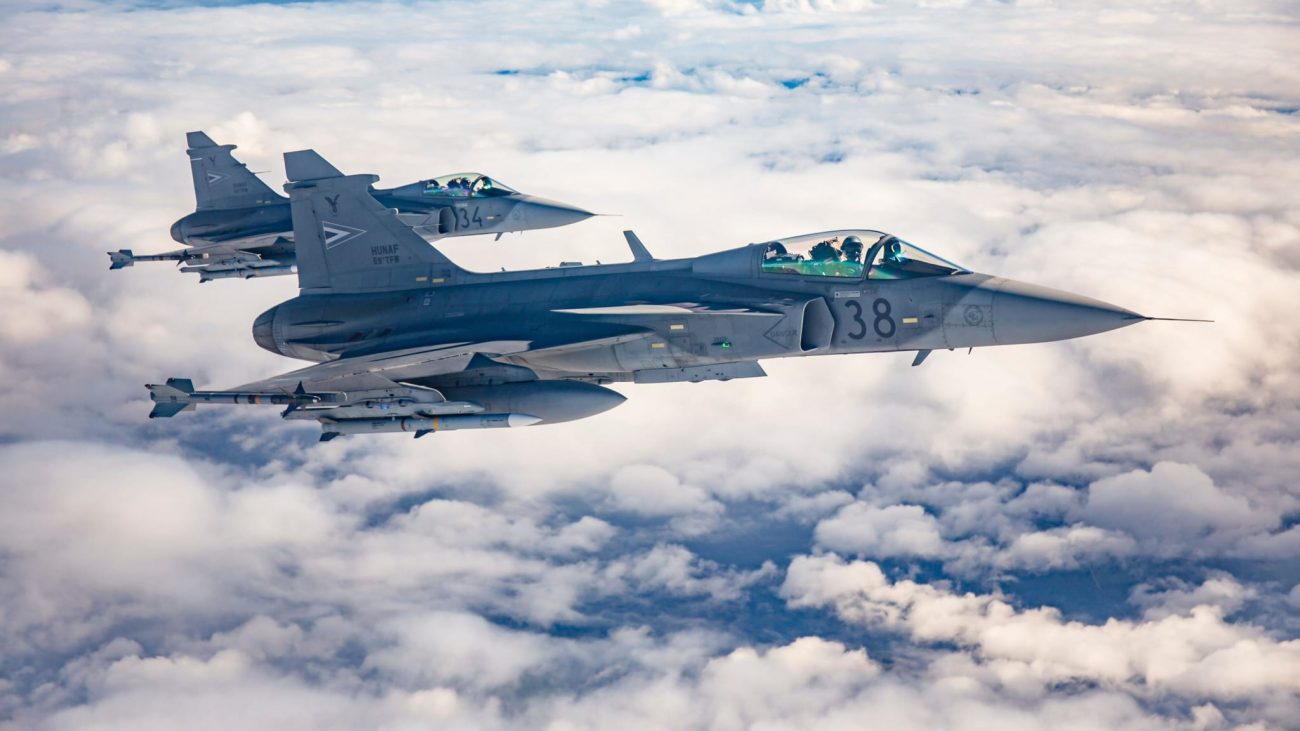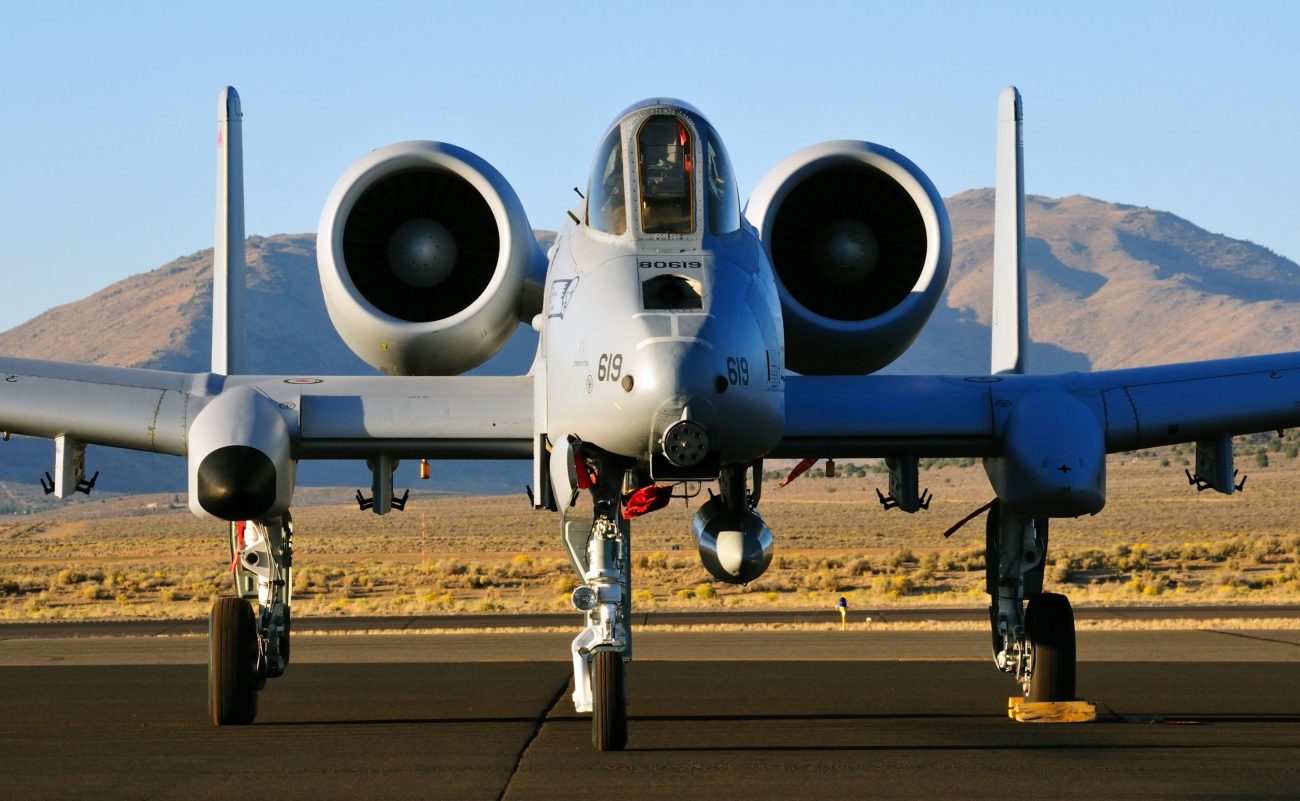Following the US House of Representatives’ approval of a sizeable budget for training Ukrainian pilots, US Air Force Secretary Frank Kendall has now raised the possibility of providing Ukraine with non-Russian fighter jets.
Moscow Fumes As Ukraine Invites US, France, Germany To Test Their ‘Advanced Weapons’ Against Russia
Kendall talked about this possibility at the yearly Aspen Security Forum. The conference began on July 19 and is scheduled to last until July 22. General Charles Q. Brown, Chief of Staff of the Air Force at the event, spoke before Kendall on the same day (July 20).
Asked if the US could give the A-10s to Ukraine, the @usairforce Secretary Frank Kendall tells #AspenSecurity it is largely up to Kyiv and its needs: “We will be open to discussions with them on what their requirements are and how we might be able to satisfy them” 2/2
— Deborah Haynes (@haynesdeborah) July 20, 2022
Brown stated that the Ukrainian Air Force would eventually have to transition away from its Soviet-era combat jets. He added that whatever aircraft Ukraine receives will “be something non-Russian.”
Brown responded, when questioned about the possibility of the US selling or providing Ukraine with US fighter jets, “There’s US [fighter jets], there’s Gripen out of Sweden, there’s the Eurofighter, there is Rafale. So, there are a number of different platforms that could go to Ukraine. It will be something non-Russian, I can probably tell you that, but I can’t tell you exactly what it’s going to be.”
In its budget request for the 2023 Fiscal Year, the Air Force requested permission to retire 21 A-10 Warthogs. In the past, these aircraft have undoubtedly shown their value in supporting low-intensity combat operations in permissive environments.
However, there are growing doubts about their usefulness in any upcoming high-stakes conflicts in highly contentious airspace. “What is it that the Air Force … needs to let go of?” The Washington Post’s David Ignatius, who moderated Kendall’s Aspen talk, posed the question to the Air Force Secretary.
In response, Kendall said, “The venerable A-10… is not a system that we are going to need against the kinds of adversaries we are most concerned about now.”

Ignatius then questioned Kendall, “Why don’t we [Americans] give those A-10s to Ukraine?” Kendall replied that General Brown had already spoken about what fighters Ukraine might be interested in.
He added that the judgment is basically up to Ukraine. Older US systems are a possibility, but the US is willing to talk with Ukraine about its needs and how Washington might be able to meet them.
The latest statements by Kendall and Brown are notably different from the ones they made in response to inquiries about transferring A-10s to Ukraine in March. More adamantly, both US officials then emphasized that there were no current plans to transfer the A-10.
Transferring these aircraft to Kyiv has long been supported by several former US officials.
Kurt Volker, the US Special Representative for Ukraine Negotiations from 2017 to 2019, and Philip Breedlove, a former Air Force general and commander of US European Command, have previously urged the Air Force to transfer any A-10s intended to be put in storage to Ukraine as excess defense articles.
Breedlove and Volker noted in an opinion piece published by the Center for European Policy Analysis that “Thanks to prior military exchange programs, Ukraine already has a small number of pilots trained to fly the A-10.”
“If spare parts and maintenance are required, use part of the US $1 billion funding to allow Ukraine to hire private contractors, rather than involving US personnel directly,” they added.
In a similar line, Everett Pyatt, who served as the US Navy’s assistant secretary for shipbuilding and logistics in the late 1980s, also previously argued in an opinion piece that the Air Force should transfer the three A-10 squadrons to Ukraine it had planned to divest in fiscal 2022.
According to Pyatt, this aircraft’s gun system was developed to fend off an armored invasion in Europe. They were successful in the target-rich environment of Desert Storm, which is very comparable to the Russian force that is currently advancing. They also started supporting the infantry in close-air support missions.

A-10 Thunderbolt
The A-10 Thunderbolt, also known as the “Warthog,” is one of the most iconic aircraft in the flying inventory of the US Air Force. The A-10 has participated in most of America’s post-Cold War conflicts, from the Balkans to Afghanistan, and was produced to obliterate rows of Soviet tanks.
Even though there are still concerns about the A-10’s ability to survive over contemporary battlefields, a recent Pentagon contract to produce new wing sets ensures that a decent number of aircraft will continue to fly for the next few years.
The US Air Force launched the A-X program in 1967, intending to develop a new generation of close air support (CAS) aircraft. The Air Force had previously performed CAS missions with fighters and light bombers (including the P-47 Thunderbolt).
The Fairchild A-10 was chosen following a fly-off against the Northrop A-9, and the first jet was delivered in 1974. The aircraft has survival features that are intended to keep it flying throughout an attack run and enable it to return to base.

The redundant engineering features on the plane were intended to keep it airborne even if some of its components were shot off. The two General Electric TF-34 non-afterburning turbofans were relocated behind the wing to reduce the plane’s infrared signature and shield it from Soviet air defenses like the shoulder-fired SA-7 Grail surface-to-air missile system.
The A-10 pilot sits in a titanium “bathtub,” shielded from anti-aircraft guns as large as 23 millimeters, which are the primary armament of the ZSU-23-4 mobile air-defense system. Titanium plate also protects the flight control systems and engines.
The USAF wants to remove it from its arsenal, though gradually. The A-10 is still a robust platform against low-tech foes like ISIS or the Taliban, who have poor air defense capabilities. The A-10 cannot hold out against other, more contemporary threats like Chinese or Russian air defenses.
The USAF is still attempting to test it against modern weapons systems. In May, the US Air Force showed that the A-10 Thunderbolt II could destroy modern tanks with upgraded armor.
- Contact the author at ashishmichel@gmail.com
- Follow EurAsian Times on Google News




